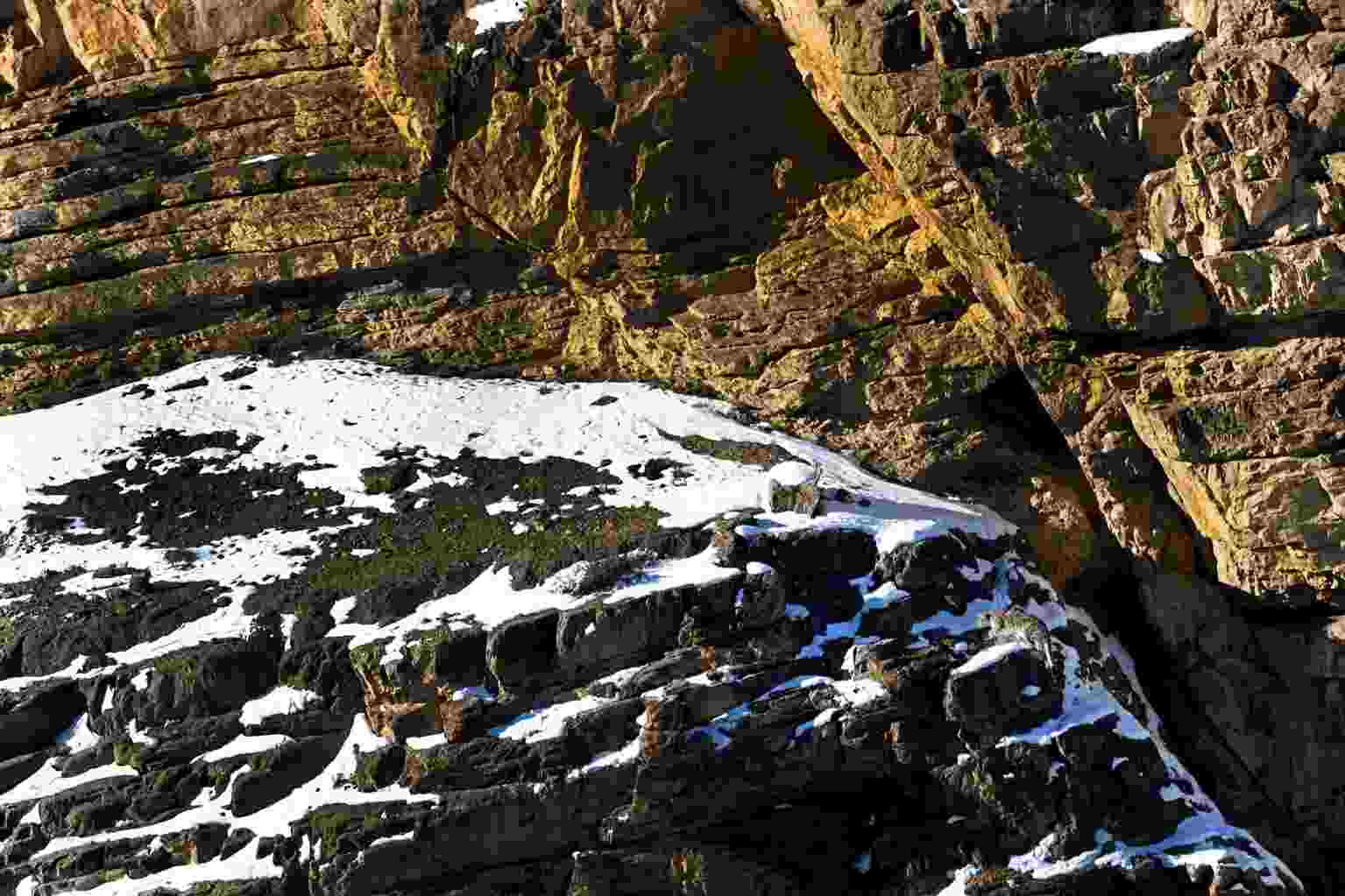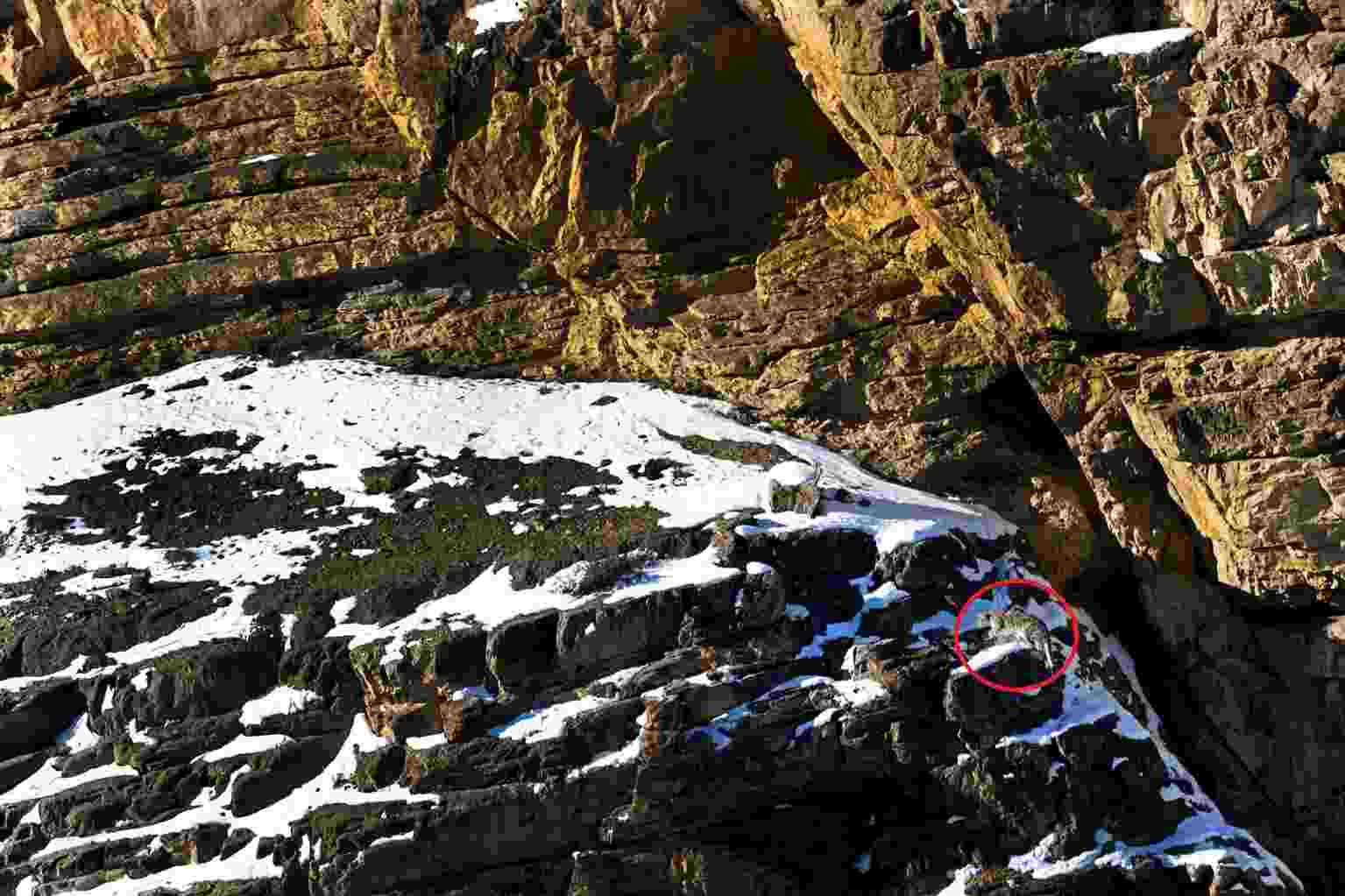A captivating optical illusion has recently caught the attention of many, challenging viewers to spot a cleverly camouflaged leopard hidden within a seemingly ordinary scene. The image shows a natural landscape where the leopard blends so seamlessly with its surroundings that many find it almost impossible to detect at first glance. This visual puzzle is more than just a game—it taps into how our brains process visual information, making it a fascinating test of observational skills.
The Challenge of Camouflage

The leopard in the image is hidden among dry leaves, rocks, and tree trunks, making it appear almost invisible. Its spotted coat matches the earth tones of the environment perfectly, demonstrating nature’s incredible camouflage abilities. This illusion provides a glimpse into how predators use their coat patterns for survival, remaining undetected by prey and people alike. For the viewer, the challenge lies in looking beyond the obvious and training the eyes to detect subtle differences in texture and shape within a complex background.
How Optical Illusions Trick the Brain
Optical illusions like this one work because the human brain attempts to simplify and make sense of visual input quickly. We are wired to notice movement or contrasting colors, but when an object remains still and blends into its surroundings, the brain can easily overlook it. Our minds make assumptions based on previous experience, which helps us respond swiftly in real life but can deceive us in tricky images like this. Solving such illusions can give a satisfying “aha” moment as the brain suddenly recognizes the hidden figure.
Testing and Improving Observation Skills
Participating in optical illusion challenges is not just entertaining but can also be beneficial for cognitive development. These puzzles encourage patience, focus, and keen observation, skills valuable in many areas of life. Regular engagement with visual challenges can strengthen memory and problem-solving abilities, making the brain more agile. Such exercises can be a refreshing break from technology-driven distractions, offering fun ways to boost mental sharpness.
Where to Find the Leopard?
For those having trouble spotting the hidden leopard, the trick is to look closely at the area toward the right side of the image near the base of a tree. The leopard’s back is facing the viewer, and its form is partially obscured by shadows and natural textures. Once found, it is almost impossible to “unsee” the animal, a testament to how effective camouflage can be and how the brain adjusts to new information.
Optical Illusion Answer

Optical illusions like this appeal universally but offer a unique appeal to Australian audiences keen on wildlife and nature puzzles. Australia, with its rich biodiversity and iconic animals, encourages curiosity and observation of the natural world. Engaging with such visual challenges can be a way to celebrate and sharpen the kind of focus often needed in outdoor activities like wildlife watching. It also reinforces how remarkable natural adaptations are, no matter where in the world they occur.
In summary, the hidden leopard optical illusion is more than a viral sensation; it’s a fascinating window into brain function and nature’s secrets. For Australians and others alike, it’s a fun and stimulating challenge to test the sharpness of one’s eyes and the agility of one’s mind. Give it a try, and see how quickly the elusive leopard reveals itself.










